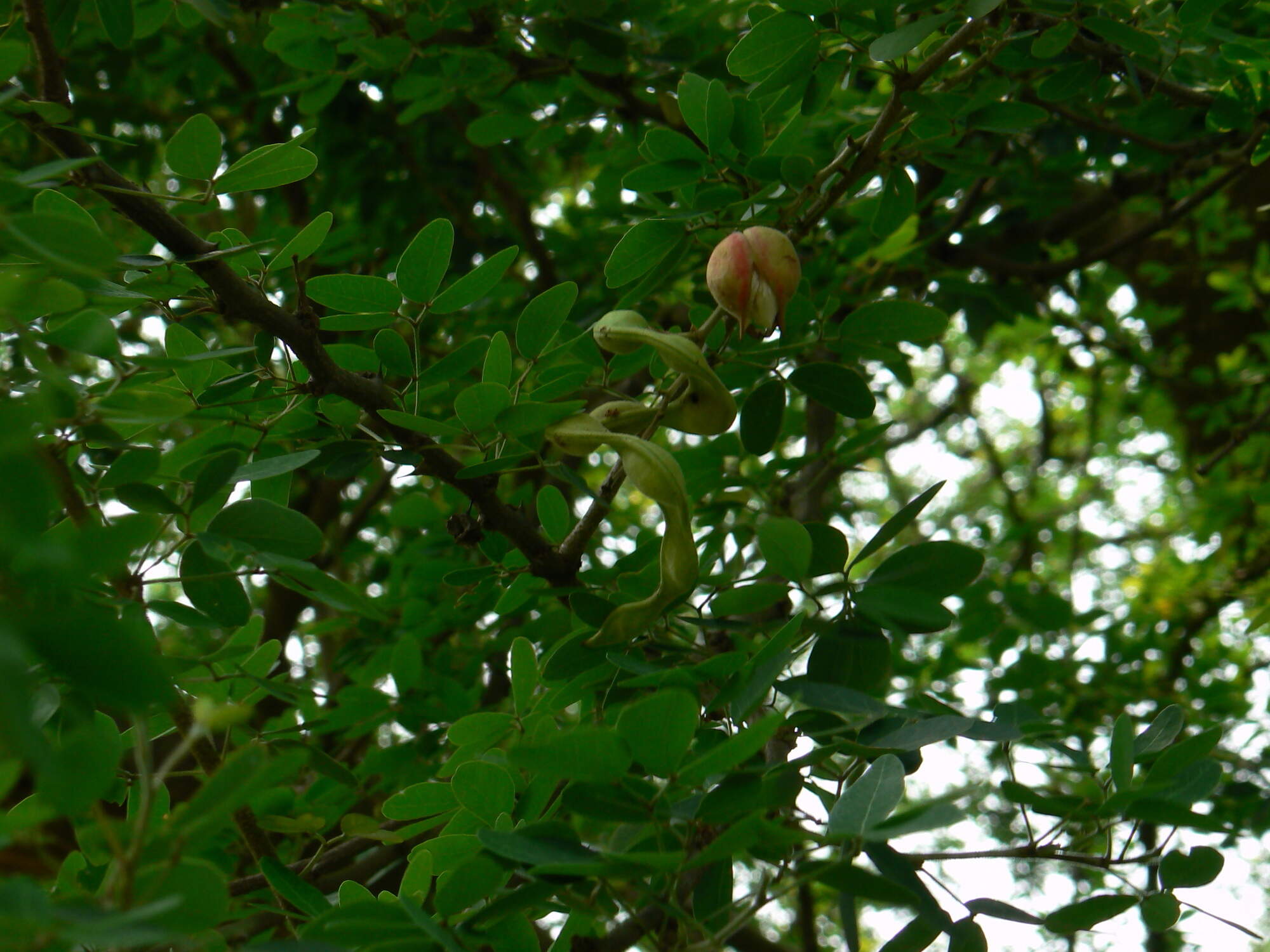
What is a Manila tamarind? The Manila tamarind, also known as Pithecellobium dulce, is a tropical fruit native to Central America but now found in many parts of the world. Despite its name, it’s not related to the true tamarind. This fruit grows on a thorny tree and produces twisted, pod-like fruits filled with a sweet, tangy pulp. The pulp can be white, pink, or red, and is often enjoyed fresh or used in various dishes. Besides being tasty, Manila tamarind is packed with nutrients like vitamin C, fiber, and antioxidants. Curious about more? Let’s dive into 36 fascinating facts about this unique fruit!
What is Manila Tamarind?
Manila tamarind, also known as "Madras thorn" or "Pithecellobium dulce," is a tropical fruit native to Central and South America. Despite its name, it is not related to the true tamarind. This fruit is popular in many parts of the world for its unique taste and numerous health benefits. Let's dive into some fascinating facts about Manila tamarind.
-
Manila tamarind is not related to the true tamarind. The name comes from its similar taste profile.
-
The fruit is native to Central and South America but has spread to tropical regions worldwide.
-
Manila tamarind trees can grow up to 20 meters tall, making them quite impressive.
-
The fruit has a unique, twisted pod shape, which can be green, pink, or red when ripe.
-
Inside the pod, the pulp is white, pink, or red and has a sweet, tangy flavor.
Nutritional Benefits of Manila Tamarind
Manila tamarind is not just tasty; it is packed with nutrients that can benefit your health. Here are some nutritional facts about this exotic fruit.
-
Rich in vitamin C, Manila tamarind helps boost the immune system.
-
The fruit contains antioxidants that help fight free radicals in the body.
-
High in dietary fiber, it aids in digestion and promotes a healthy gut.
-
Contains essential minerals like iron, calcium, and phosphorus, which are vital for bone health.
-
Low in calories, making it a great snack for those watching their weight.
Traditional Uses of Manila Tamarind
Manila tamarind has been used in traditional medicine for centuries. Its various parts have different medicinal properties.
-
The bark is used to treat dysentery and other gastrointestinal issues.
-
Leaves are often used in poultices to reduce swelling and inflammation.
-
The fruit pulp is sometimes used as a natural laxative.
-
Seeds are known to have antibacterial properties and are used in treating infections.
-
The tree's bark and leaves are also used in traditional remedies for skin conditions.
Culinary Uses of Manila Tamarind
Manila tamarind is versatile in the kitchen. Its unique flavor can be incorporated into various dishes and beverages.
-
The fruit is often eaten fresh, straight from the pod.
-
It can be used to make refreshing drinks and juices.
-
The pulp is sometimes added to salads for a tangy twist.
-
In some cultures, the fruit is used to make candies and sweets.
-
The seeds can be roasted and eaten as a snack.
Environmental Impact of Manila Tamarind
Manila tamarind trees have a significant impact on the environment. They offer various ecological benefits.
-
The trees are nitrogen-fixing, which means they improve soil fertility.
-
They provide shade and shelter for various wildlife species.
-
The flowers attract pollinators like bees and butterflies.
-
The trees are drought-resistant, making them suitable for arid regions.
-
They help prevent soil erosion with their extensive root systems.
Interesting Facts About Manila Tamarind
Here are some quirky and lesser-known facts about this fascinating fruit.
-
The scientific name "Pithecellobium dulce" means "sweet monkey ear," referring to the fruit's shape and taste.
-
In some regions, the fruit is called "camachile."
-
The wood of the Manila tamarind tree is used for making furniture and tools.
-
The tree is often planted as a windbreak in agricultural fields.
-
Manila tamarind is sometimes used in bonsai due to its attractive foliage and flowers.
Cultural Significance of Manila Tamarind
Manila tamarind holds cultural importance in various parts of the world. It is often featured in local traditions and folklore.
-
In Mexico, the fruit is a popular street food, often sold by vendors.
-
In the Philippines, it is known as "kamatsile" and is a common backyard tree.
-
The tree is considered sacred in some cultures and is often planted near temples.
-
In traditional Mexican medicine, the fruit is used in rituals to ward off evil spirits.
-
The tree's flowers are sometimes used in religious ceremonies and offerings.
-
Manila tamarind is often featured in local art and literature, symbolizing resilience and adaptability.
Why Manila Tamarind Deserves a Spot in Your Diet
Manila tamarind, with its unique flavor and nutritional benefits, is a fruit worth trying. Packed with vitamin C, fiber, and antioxidants, it supports immune health, aids digestion, and combats free radicals. Its versatility in recipes, from snacks to desserts, makes it a fun addition to your kitchen.
Beyond its culinary uses, this fruit has medicinal properties. It can help reduce inflammation, lower blood pressure, and improve skin health. Plus, the tree itself is beneficial for the environment, providing shade and improving soil quality.
Incorporating Manila tamarind into your diet not only enhances your meals but also contributes to overall well-being. Give this exotic fruit a try and enjoy its many benefits.
Was this page helpful?
Our commitment to delivering trustworthy and engaging content is at the heart of what we do. Each fact on our site is contributed by real users like you, bringing a wealth of diverse insights and information. To ensure the highest standards of accuracy and reliability, our dedicated editors meticulously review each submission. This process guarantees that the facts we share are not only fascinating but also credible. Trust in our commitment to quality and authenticity as you explore and learn with us.
